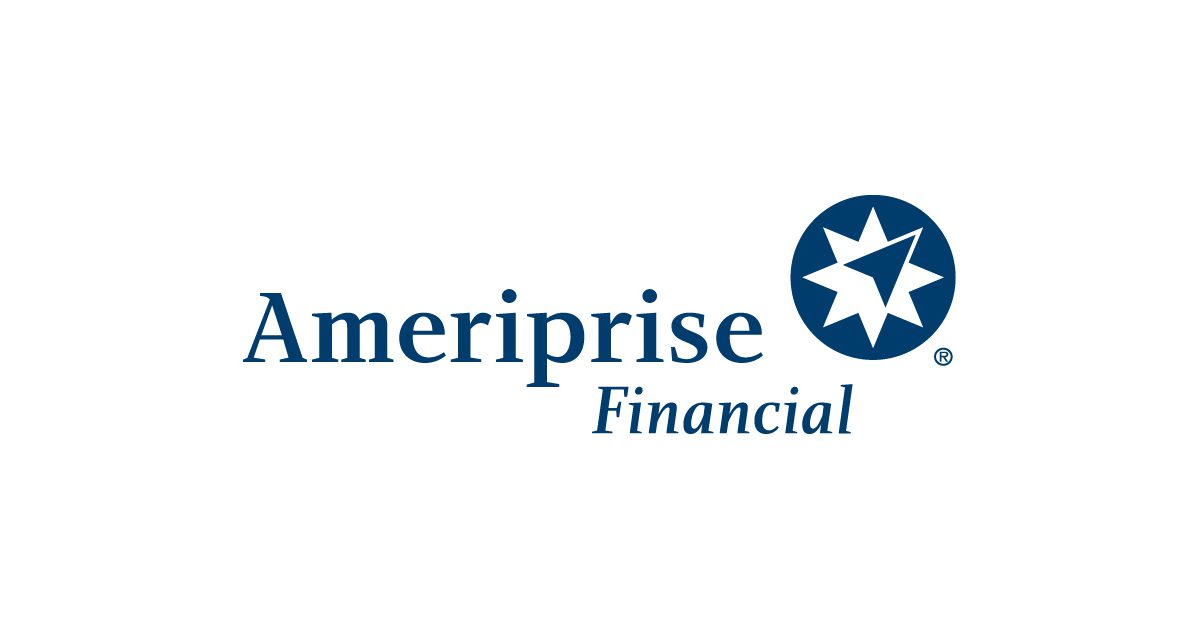
Funding college expenses for children remains one of the biggest savings goals for many adults. 529s are one of the most effective education savings plans due to the flexibility and important tax advantages they provide. But like any investment vehicle, there are important considerations you should keep in mind.
Here are five facts about 529 plans you should know as you consider your options.
Fact #1 – The tax benefits are significant
529 plans are similar in structure to Roth IRAs. You make contributions using after-tax dollars. In more than half of all states, state income tax deductions or credits are available for those making contributions. Earnings generated within the 529 plan grow on a tax-deferred basis. Then, when the money is needed for qualified education expenses (see below), you can withdraw funds tax-free.
Fact #2 – Contribution limits are high
Although often compared to IRAs, 529 plans have the advantage of being able to set aside much larger sums. There are no annual contribution limits, but your state will limit aggregate funds in 529 plans, ranging from $235,000 to $542,0001. You can invest large lump sums or make regular monthly contributions to a plan. The one limitation to keep in mind is the annual gift tax exclusion of $15,000 (in 2021). Any amount invested in a 529 plan in excess of that in a given year is applied against your lifetime gift tax exclusion, which now totals $11.7 million (in 2021). However, you are allowed to make a single contribution of up to $75,000 (in 2021) for a beneficiary in one year in place of five annual contributions of up to $15,000 without using any of your lifetime gift tax exclusion.
Fact #3 – Contributions can come from a variety of people
Parents are frequently the initiators of 529 plans, but not always. These plans allow virtually anyone to make contributions for the benefit of a selected individual. Quite often, grandparents will do so for their grandchildren. It can be an effective way to reduce the size of their estate, while making a real difference in their grandchildren’s future. Friends and other relatives are also free to make contributions to these plans.
Fact #4 – There are a myriad of “qualified education expenses”
It is important to limit withdrawals to qualified expenses to avoid any tax or penalties. For college costs, this includes tuition and fees, books and other learning materials, including laptop computers and related equipment. Room and board for a college student is another qualifying expense, provided the student attends on at least a half-time basis. If housing is off campus, the college will provide a “cost of attendance” figure to determine what portion of housing costs are considered a qualified expense. In addition, $10,000 per year can be used to pay K-12 tuition expenses and a lifetime total of $10,000 can be applied to repay student loans for one individual.
Fact #5 – Leftover money can be used in other ways
If there is money left in a 529 that is unused by the designated student, the beneficiary can be changed to another qualifying family member. Funds can remain in the account indefinitely for the potential educational costs by the initial student or another family member later in life, including you. Unused funds can be distributed as a non-qualified withdrawal, but taxes and penalties generally apply on the earnings portion of the account.
Get started today
The sooner you start saving in a 529 plan, the more you can accumulate for the benefit of students you seek to support. Your financial advisor can help you assess your options and determine how this education savings strategy fits into your broader financial plans.

Jean D. Koehler, CLTC®, CRPC®, RICP®, CKA®, is a Financial Advisor with Ameriprise Financial Services, LLC. in Arcadia, Ca. She specializes in fee-based financial planning and asset management strategies and has been in practice for 21 years. She is also the winner of the 2020 Ameriprise Client Service Award To contact her, please visit her website at https://www.ameripriseadvisors.com/jean.d.koehler/ or call her office at (626)254-0455. 55 East Huntington Drive Suite 340, Arcadia California 91006.







